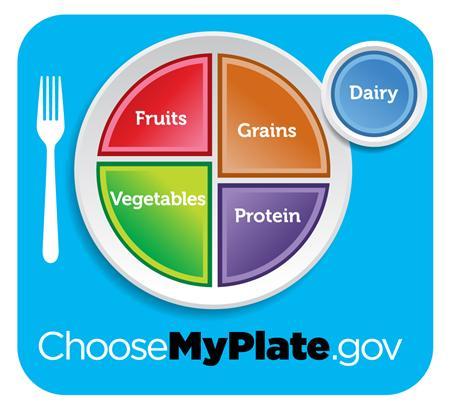
(SNAP Education Photo Gallery)
Do you have a child or grandchild who eats meals at school? Do they come home hungry and complain about the meals they are served? Have you taken any time to explain how the lunchroom food choices are made? If not, it may be time to have that conversation.
The 2012 school year brought major changes to the meals children eat at school. The new standards are major components of the Healthy, Hunger-Free Kids Act of 2010 and they were the first major changes to school nutrition in 15 years. You know the statistics….one-third of America’s school-age children are overweight or obese and at higher risk for diabetes, high blood pressure, depression, poor academic performance, and behavioral problems before they reach adulthood. These risks increase for low-income children who do not participate in federally-funded nutrition programs because they have to rely on their family’s limited resources. All of these conditions reflect in the food choices youth are making. The new school lunch meal standards may be the first step in reducing these statistics.
Take some time to remind your children or grandchildren there is a reason they are fed what they are offered in the cafeteria and the staff serves items that are nutritionally balanced and, if eaten, should provide for growth and a sharp attitude in the classroom.
Here are some key points to share. School meals are:
- High in nutrients and adequate in calories
- An appropriate balance between food groups
- Based on the latest nutritional science
- Intended to provide one-fourth of students’ daily calorie needs for breakfast and 1/3 for lunch
- Reflective of the different nutritional requirements for each age
- More nutritious foods because they consist of fruits, vegetables, and whole grains and fewer foods containing sodium and fat
- Providing fat-free milk (unflavored or flavored), 1% low-fat milk (unflavored), or a milk alternative. When did children decide that milk had to be flavored to be tasty? We need to turn this idea around; there is a great deal of sugar in flavored milk!
- Offering students options to eliminate waste
The best way to lessen waste is to not have any of the food thrown away. UF/IFAS programs in many schools (Family Nutrition Program (FNP) and Expanded Food and Nutrition Education Program (EFNEP)) offer food samples of unfamiliar foods and discussions of their value to increase student acceptance. This also is a parent’s job. Look over the school lunch menu, discuss it with your children, encourage them to try everything served, and request second servings if they remain hungry. Offer taste tests at home. Improving the way students view the food being served can make a big difference.
Are you familiar with MyPlate? Your children might be. Review it with them and contact your county Extension office if you need clarification on any aspect of it.
Encourage your children’s nutritional health. Remember, the goal of the changes in the school cafeteria is to improve children’s health; when followed correctly, the new meal standards make school meals healthier with the potential to improve children’s health. As a parent, you share in the responsibility to make this happen. Thanks for assisting us in ensuring the positive nutritional status of our children!!
 0
0

